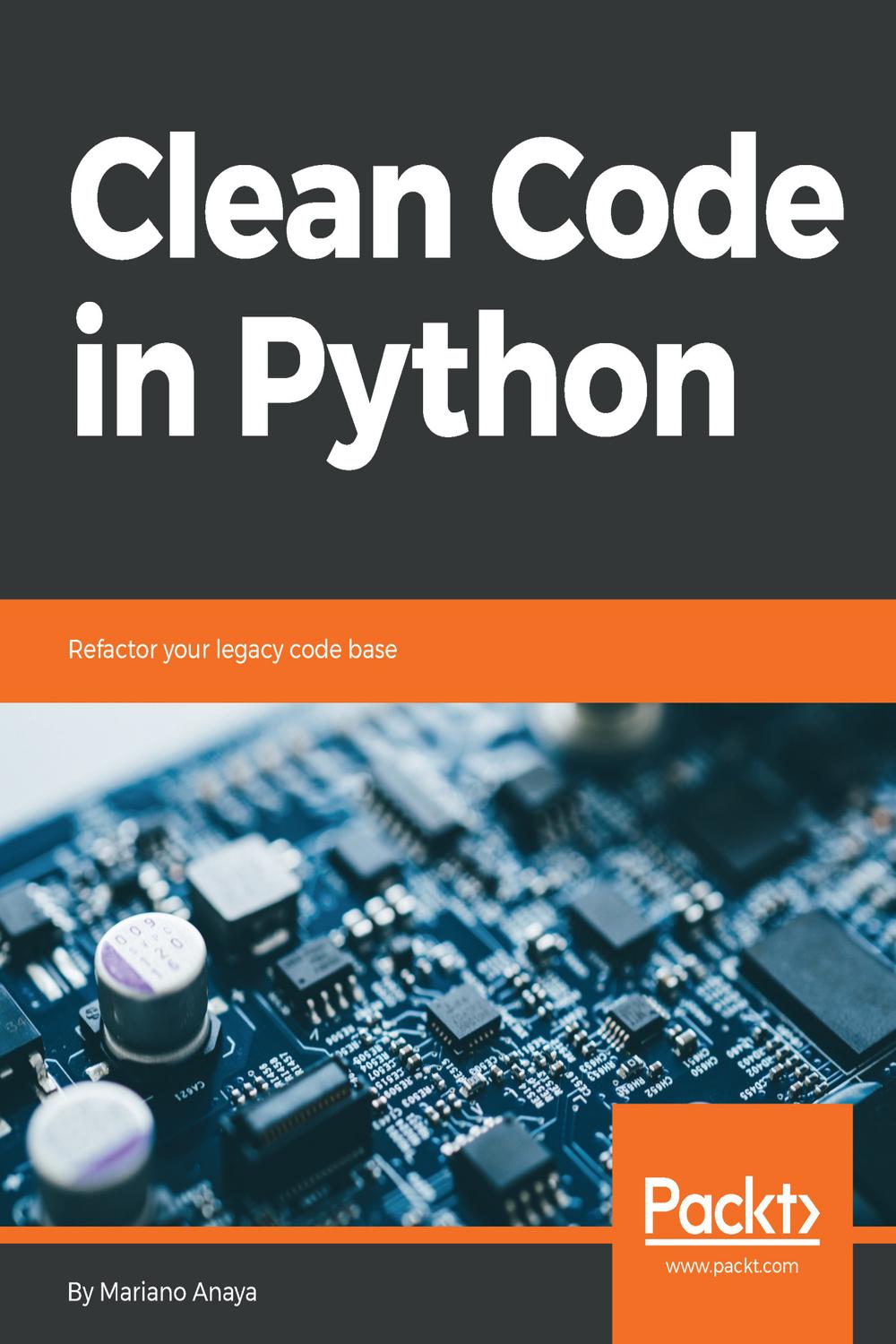
Clean Code in Python: Refactor Your Legacy Code Base PDF
Preview Clean Code in Python: Refactor Your Legacy Code Base
Getting the most out of Python to improve your codebase
Key Features- Save maintenance costs by learning to fix your legacy codebase
- Learn the principles and techniques of refactoring
- Apply microservices to your legacy systems by implementing practical techniques
Python is currently used in many different areas such as software construction, systems administration, and data processing. In all of these areas, experienced professionals can find examples of inefficiency, problems, and other perils, as a result of bad code. After reading this book, readers will understand these problems, and more importantly, how to correct them. The book begins by describing the basic elements of writing clean code and how it plays an important role in Python programming. You will learn about writing efficient and readable code using the Python standard library and best practices for software design. You will learn to implement the SOLID principles in Python and use decorators to improve your code. The book delves more deeply into object oriented programming in Python and shows you how to use objects with descriptors and generators. It will also show you the design principles of software testing and how to resolve software problems by implementing design patterns in your code. In the final chapter we break down a monolithic application to a microservice one, starting from the code as the basis for a solid platform. By the end of the book, you will be proficient in applying industry approved coding practices to design clean, sustainable and readable Python code.
What you will learn- Set up tools to effectively work in a development environment
- Explore how the magic methods of Python can help us write better code
- Examine the traits of Python to create advanced object-oriented design
- Understand removal of duplicated code using decorators and descriptors
- Effectively refactor code with the help of unit tests
- Learn to implement the SOLID principles in Python
This book will appeal to team leads, software architects and senior software engineers who would like to work on their legacy systems to save cost and improve efficiency. A strong understanding of Programming is assumed.
Table of Contents- Introduction, Code Formatting, and Tools
- Pythonic Code
- General Traits of Good Code
- The SOLID Principles
- Using Decorators to Improve our Code
- Getting more out of our objects with Descriptors
- Using Generators
- Unit Testing and Refactoring
- Common Design Patterns
- Clean Architecture
**
About the AuthorMariano Anaya is a software engineer who spends most of his time creating software with Python and mentoring fellow programmers. Mariano's main areas of interests besides Python are software architecture, functional programming, distributed systems, and speaking at conferences. He was a speaker at Euro Python 2016 and 2017. To know more about him, you can refer to his GitHub account with the username rmariano. His speakerdeck username is rmariano.
